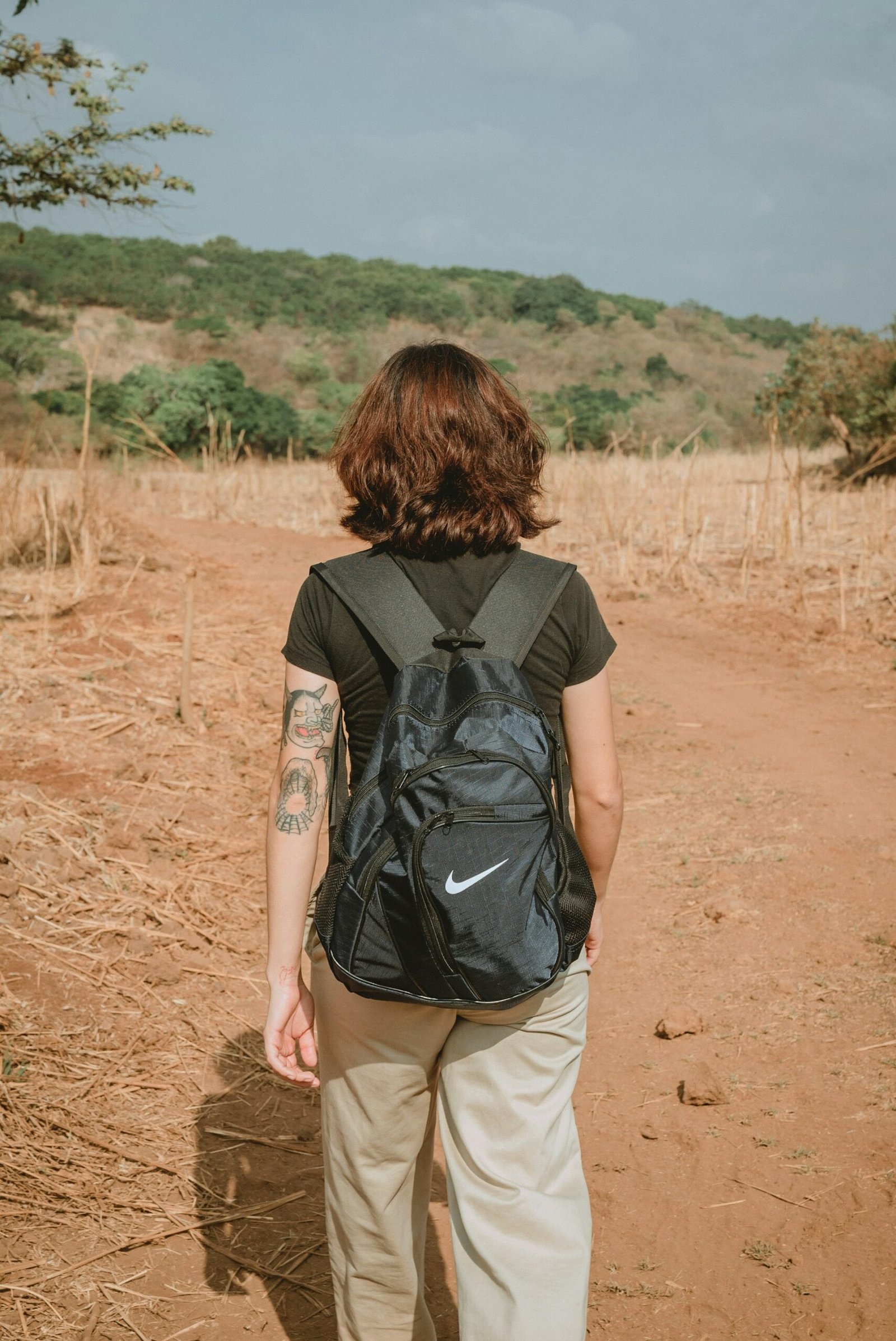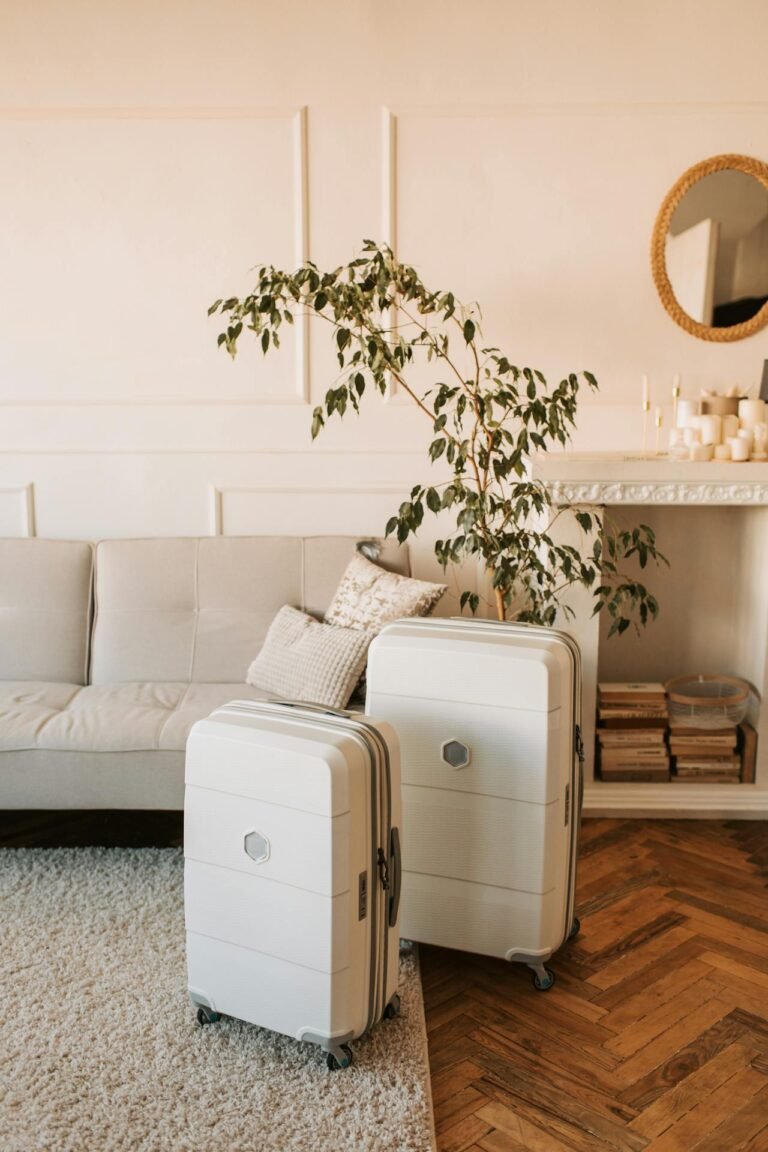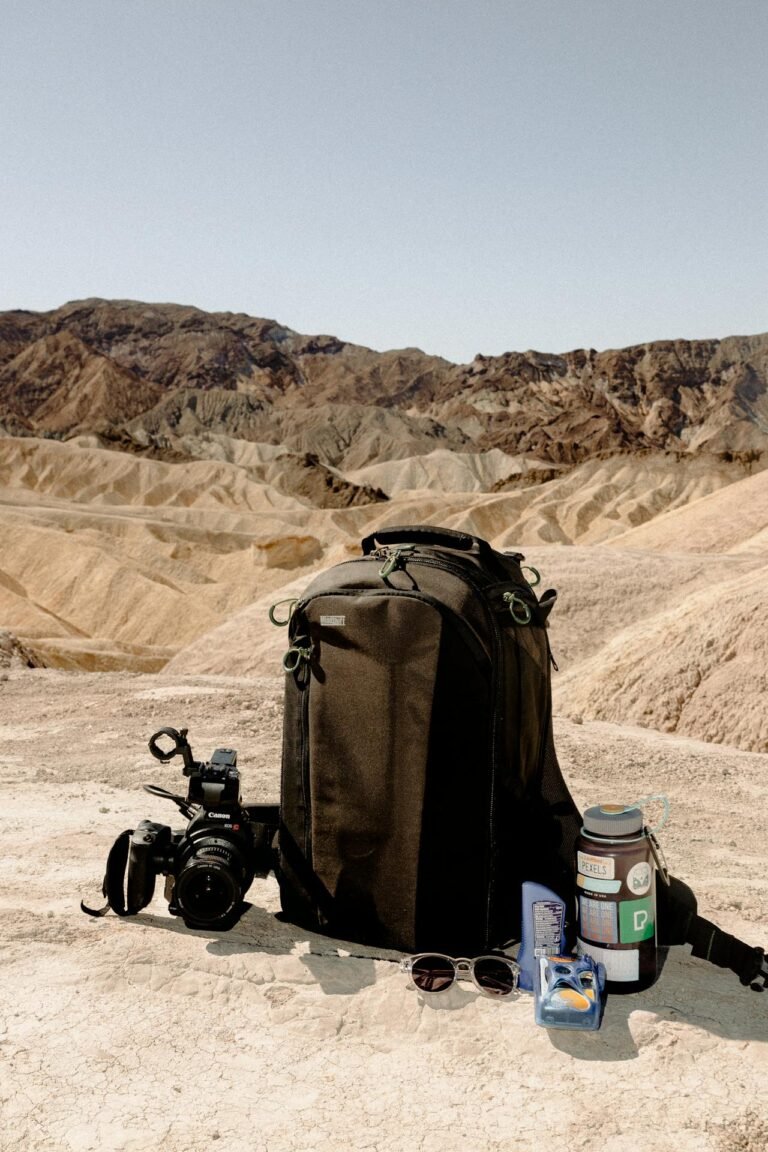Luggage for Safari: The Best Options for Your Wild Adventure
When preparing for a safari adventure, choosing the right luggage is essential to ensure a smooth and enjoyable experience.
Opt for soft-sided duffel bags or backpacks that can easily fit in the limited space of safari vehicles and light aircraft. These types of bags provide the flexibility needed for navigating bumpy roads and tight quarters while keeping your belongings secure.
Consider the unique conditions of a safari, such as dusty environments and potential rain. Selecting durable and water-resistant materials will help protect your gear. Lightweight options are also recommended to keep your load manageable. With the right luggage, you can focus more on the amazing wildlife and breathtaking landscapes instead of worrying about your bags.
Understanding Safari Luggage Restrictions
When preparing for a safari, it’s essential to familiarize yourself with specific luggage restrictions. These typically include weight limits and size constraints that can greatly affect your travel experience. Complying with these guidelines ensures easier movement and smoother transfers.
Weight Limits and Size Constraints
Most safari operators impose strict weight limits for luggage, generally ranging from 15 kg (33 lbs) to 20 kg (44 lbs). This includes all bags, both checked and hand luggage.
To comply with these limits, consider these tips:
- Use soft-sided bags for easy storage in vehicles.
- Aim for dimensions around 62 cm (24 inches) in length, 30 cm (12 inches) in height, and 25 cm (10 inches) in width.
These dimensions help avoid issues with fitting bags into storage compartments. Additionally, be prepared for possible excess baggage fees if you exceed these limits.
Flight and Transfer Considerations
If you are flying between parks, you’ll likely travel on smaller bush planes. These flights often have even stricter luggage regulations. For example, you may need to adhere to the 15 kg limit, which is inclusive of all hand luggage.
Plan your packing carefully to ensure you can accommodate all necessary items within these restrictions. You might also need to pay for excess baggage or book an extra seat if you exceed the limits.
Always check with your specific safari operator for detailed restrictions before you travel to avoid surprises.
Essential Luggage Features for Safari
When preparing for a safari, the right luggage can make a significant difference in your experience. Focus on durability, security, and ease of transport to ensure a hassle-free adventure in the wild.
Durability and Material
Your safari luggage needs to withstand rough handling and various environmental conditions. Look for bags made from weather-resistant materials like nylon or polyester. These fabrics ensure protection against rain, dust, and dirt.
Consider luggage with reinforced stitching and heavy-duty zippers. These features contribute to the longevity of your bag, especially during bumpy rides on safari vehicles. A solid frame or a duffel design with no hard edges can help prevent damage during transport.
Investing in high-quality luggage may seem costly initially, but it pays off in the long run. You’ll avoid frequent replacements and enjoy peace of mind knowing your belongings are secure.
Security and Locking Mechanisms
Consider your luggage’s security features. Look for bags equipped with built-in locks or the option to add a lock. This is especially important since you may leave your luggage unattended during game drives.
Choose luggage with anti-theft designs, like zippers that can be secured to the bag itself. A luggage tag with your contact information can also help in case your bag gets lost.
Additionally, you might want to opt for luggage with a TSA-approved lock. This allows security personnel to open your bag without damaging the lock. Your items will be protected whether you’re at a bush camp or traveling between locations.
Ease of Transport
Transporting luggage on a safari can be challenging due to different terrains. Look for lightweight bags that you can easily carry. A well-designed duffel bag or soft-sided suitcase is often better than hard cases for navigating uneven surfaces.
Consider bags with multiple carrying options—shoulder straps, handles, and wheels. This versatility allows you to choose the most comfortable way to transport your luggage as circumstances change.
Lastly, ensure your luggage includes external pockets for easy access to essential items. During your safari, you might want quick access to gear like binoculars or a camera without rummaging through your entire bag.
Packing Tips and Tricks
When preparing for a safari, the right packing strategy is essential. Consider your clothing choices, how you organize your gear, and the multifunctional items you can bring to maximize space.
Strategic Clothing Choices
Selecting the right clothing is vital for a safari. Opt for lightweight, breathable fabrics that dry quickly. This will keep you comfortable during long days outdoors.
Choose neutral colors like khaki or olive green; they conceal dust and dirt effectively. You’ll appreciate this in the field. Additionally, pack layers since temperatures can vary dramatically during the day.
Include a lightweight waterproof jacket for unexpected rain. Don’t forget a wide-brimmed hat to protect against the sun. Also, wear comfortable, sturdy footwear suitable for hiking and walking.
Organizing Gear and Accessories
Efficient organization can enhance your safari experience. Begin with soft-sided luggage, such as duffel bags or backpacks, which are easier to store in vehicles and aircraft.
Utilize packing cubes or compression bags to separate clothing types and accessories. This allows for quick access to what you need.
Consider bringing a small daypack for daily excursions. This is ideal for carrying essentials like water, snacks, and your camera.
Use zippered pouches for smaller items. This prevents them from getting lost among your things. Make a packing list to ensure you don’t forget anything essential.
Multifunctional Items to Save Space
Packing multifunctional items can be a game-changer. Choose clothes that can serve dual purposes. For instance, select a shirt that’s suitable for both casual wear and hiking.
A sarong can be used as a beach cover-up, a picnic blanket, or even a light wrap during cooler evenings.
Invest in a travel towel that is lightweight and quick-drying. This type of towel is perfect for any potential swimming or cleaning up.
Finally, a multi-tool can be incredibly handy. It can help with various tasks during your trip without adding unnecessary bulk.
Recommended Luggage Types
Choosing the right type of luggage is essential for a successful safari adventure. The right gear protects your belongings while considering space and ease of transport.
Duffel Bags
Duffel bags are a popular choice for safaris due to their spaciousness and flexibility. They typically come in various sizes, with an ideal dimension around 70 x 30 x 30 cm, which fits well in vehicles and smaller aircraft. Their soft structure allows them to be easily packed into tight spaces.
When choosing a duffel bag, look for lightweight materials. Consider options with multiple compartments for organization. Features such as shoulder straps or wheels can enhance convenience, especially during long walks. The Away The F.A.R. duffel bag is an excellent example, offering a 40L capacity and durable design.
Backpacks
Backpacks offer hands-free convenience, making them ideal for safari excursions where mobility is essential. Select a backpack that is both lightweight and comfortable, with padded straps to reduce strain during hikes.
Look for backpacks with water-resistant materials to guard against the elements. A model with multiple pockets helps keep your camera, water bottle, and essentials organized. Additionally, a hydration pack feature can be beneficial for staying hydrated while on the go. Packs like the ones from reputable outdoor brands provide versatility and comfort during your travels.
Hard-shell Suitcases
While not as common for safaris, hard-shell suitcases can be suitable, especially for luxury trips involving flights. They offer robust protection for fragile items, making them a good option if you are traveling with expensive gear.
Choose a lightweight hard-shell suitcase to avoid excess baggage fees. Look for models with secure locks and spinner wheels for easy maneuverability. If you opt for this style, ensure it meets the airline’s size regulations. It’s advisable to check luggage weight limits, particularly for light aircraft used in safari travel, as these can be more restrictive on weight.
Hand Luggage Essentials
When preparing for a safari, having the right hand luggage is crucial for a smooth journey. This section highlights the key items you should consider bringing along, ensuring you’re well-prepared for your adventure.
Important Documents and Cash
Make sure to pack your passport, visa, and any necessary travel permits in a secure and easily accessible spot. These documents are essential for international travel and will be required upon entry into your destination.
You should also include printed copies of your itinerary and accommodation confirmations. These can be valuable if you need to verify your plans.
In terms of cash, it’s wise to have a mix of local currency and a credit card. Keep small bills handy for tips or small purchases. Always store your cash in a secure place, like a money belt or a zippered pocket.
Electronic Devices and Chargers
Bringing your electronic devices can enhance your trip. Pack your smartphone and camera to capture those amazing safari moments. Don’t forget the memory cards, as you might want to take more pictures than planned.
Along with devices, include chargers and a portable power bank. Many safari lodges may not have consistent electricity. A portable charger ensures your devices stay powered during long outings.
Consider a universal travel adapter, too. Different regions may require various plug types. Being prepared will help you maintain connectivity and avoid frustrations while traveling.
Healthcare and Medications
Your health is a priority, especially on an adventurous trip. Pack a basic first aid kit. Include items like band-aids, antiseptic wipes, and pain relievers. This ensures you’re ready for minor injuries or discomfort.
If you take prescription medications, bring enough for the duration of your trip. Also, bring a little extra in case of delays. Keep these in their original containers to avoid issues at customs.
Additionally, consider packing preventive measures. Insect repellent and sunscreen are essential to protect against mosquitoes and sunburn, especially in the outdoors. These items are vital for a safe and enjoyable safari experience.






